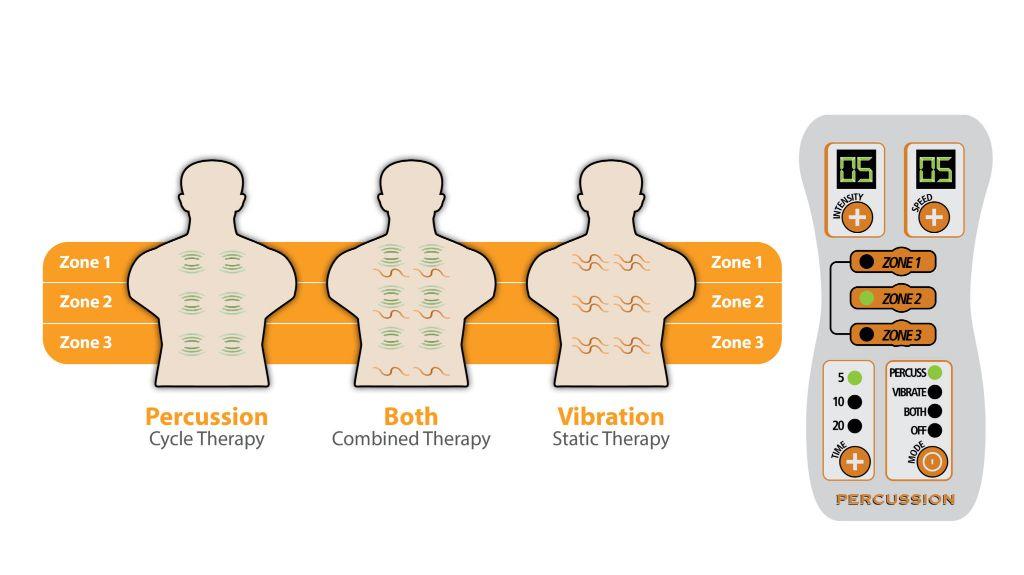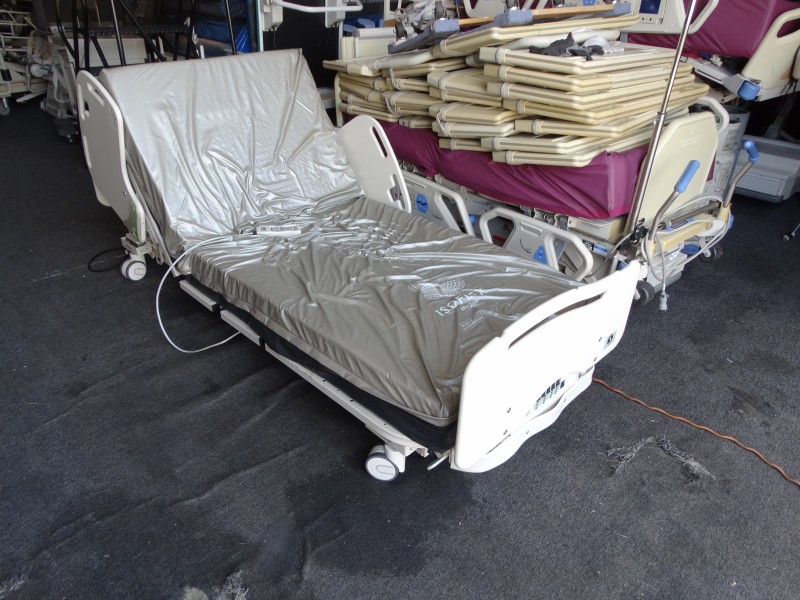
Mechatronic beds became a reality in the 90’s, when inventions, commercial products (i.e. Incipient incorporation of new technologies into the devices (second stage) Growing invention and commercialization of dedicated accessories Spreading of these devices outside the hospital environment from the 60’s, towards institutional or residential facilities.ĭevelopment of particular regulatory frameworks


Highlights from this diachronic study over a sixty-year period were: Previous work has detailed the evolution of medical beds form initial, push-button models, to the year 2000, dividing such period into two stages: electric beds (1940’s to 1980’s) and mechatronic Footnote 1 beds (1990’s). It is, however, in the twenty-first century, that an unprecedented, innovative stage in the development of these devices has peaked, taking advantage of all technological means at the disposal of developers, and resulting in new vectors of added value for these products: this stage can be referred to as the time of smart medical beds. For the case of automated, electric devices such as these, technological and contextual factors have resulted in significant changes to their appearance and their expected functionality over this period, while retaining original features that have guided the first exponents of this medical device. An essential part of the healthcare environment, the medical bed is also used as a measure of its reach, its efficiency (for occupancy and bed-management strategisation ), development (representing funding and investment in healthcare systems, see ) and diversity. Smart beds, seamlessly integrated into the healthcare system, have a unique opportunity in enabling more efficient efforts for caregivers, and more responsive environments for patients.Įlectric medical beds have accumulated almost one hundred years of history. Research in this field is critical in a context of global ageing, and powered by a surge in opportunities for accessibility solutions. Smart medical beds are integrated solutions for patient care, assistance and monitoring, based on a comprehensive, multidisciplinary design approach. Finally, discussions concerning rising challenges and opportunities for these systems are explored, with the potential for adding further monitoring and assistive implementations into medical devices and environments being highlighted. Functional, aesthetic and interactive features are presented, and the current global market for medical beds and related standards are also assessed. The new generation of electric medical beds is defined, with the final stage of the proposed timeline for these devices being covered.

Contextual topics, necessary for the understanding of this subject, on novel technologies, disability and the reach of healthcare systems, were also researched and interpreted. MethodsĪ survey and assessment of market trends, research efforts and standards related to smart medical beds was performed, covering a wide range of public records of intellectual property, models and related healthcare solutions, as well as relevant research efforts in the field between 20. This work presents a state-of-art survey on electric medical beds, representing what is defined as the time of “smart beds”, as part of an increasingly comprehensive patient-care environment. The past fifteen years have also brought forward changes to conceptual frameworks, concerning the product design and manufacturing processes (standards), as well as the patient (perspectives on patient-care environments and accessibility). From the final decade of the twentieth century, medical beds have particularly been affected by this surge, taking on new forms and functions, while accommodating to established properties that have become well-known for these devices. Recent scientific achievements and technological advances have brought forward a massive display of new or updated medical devices, enabled with highly-developed embedded-control functions and interactivity.


 0 kommentar(er)
0 kommentar(er)
